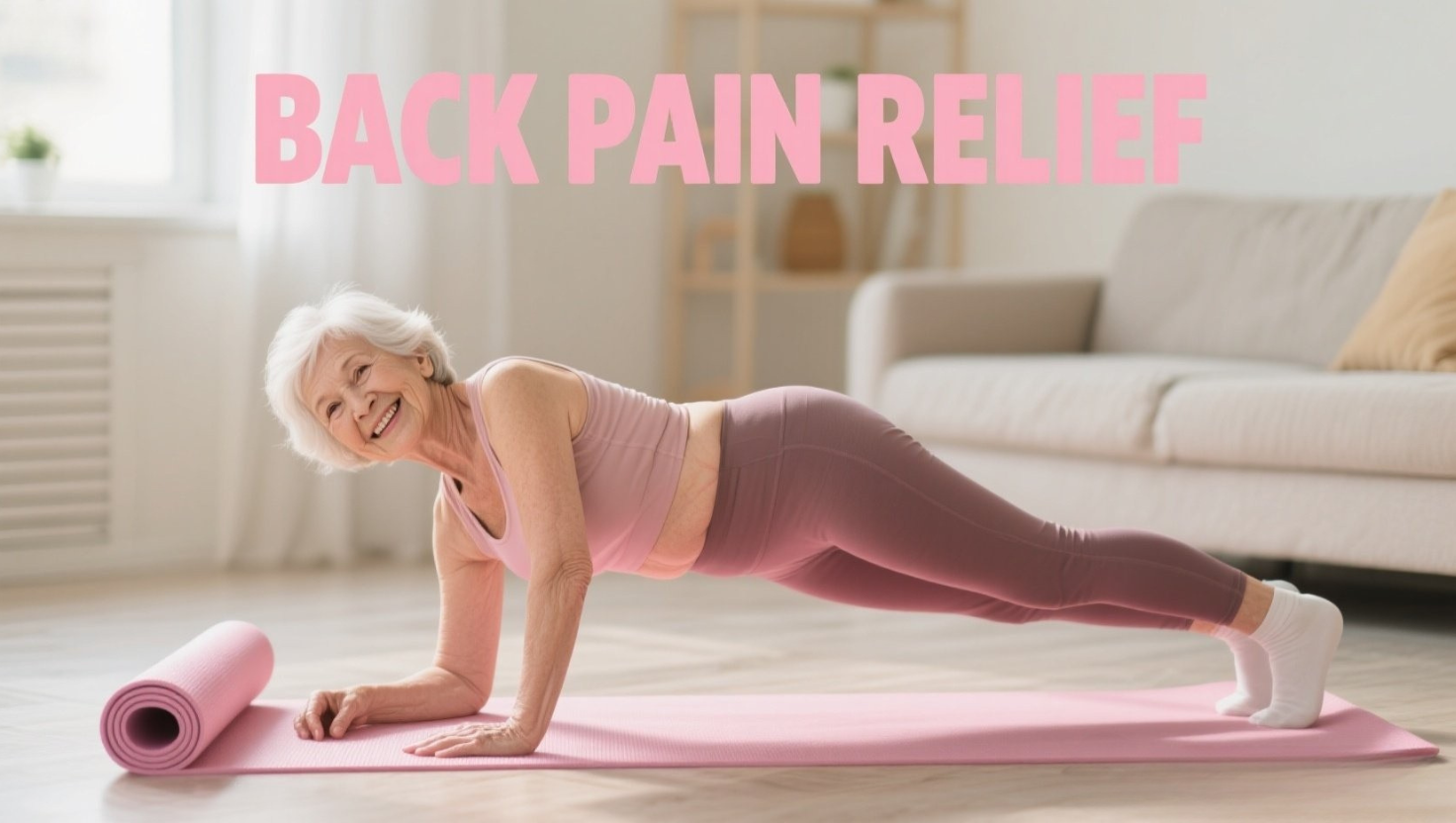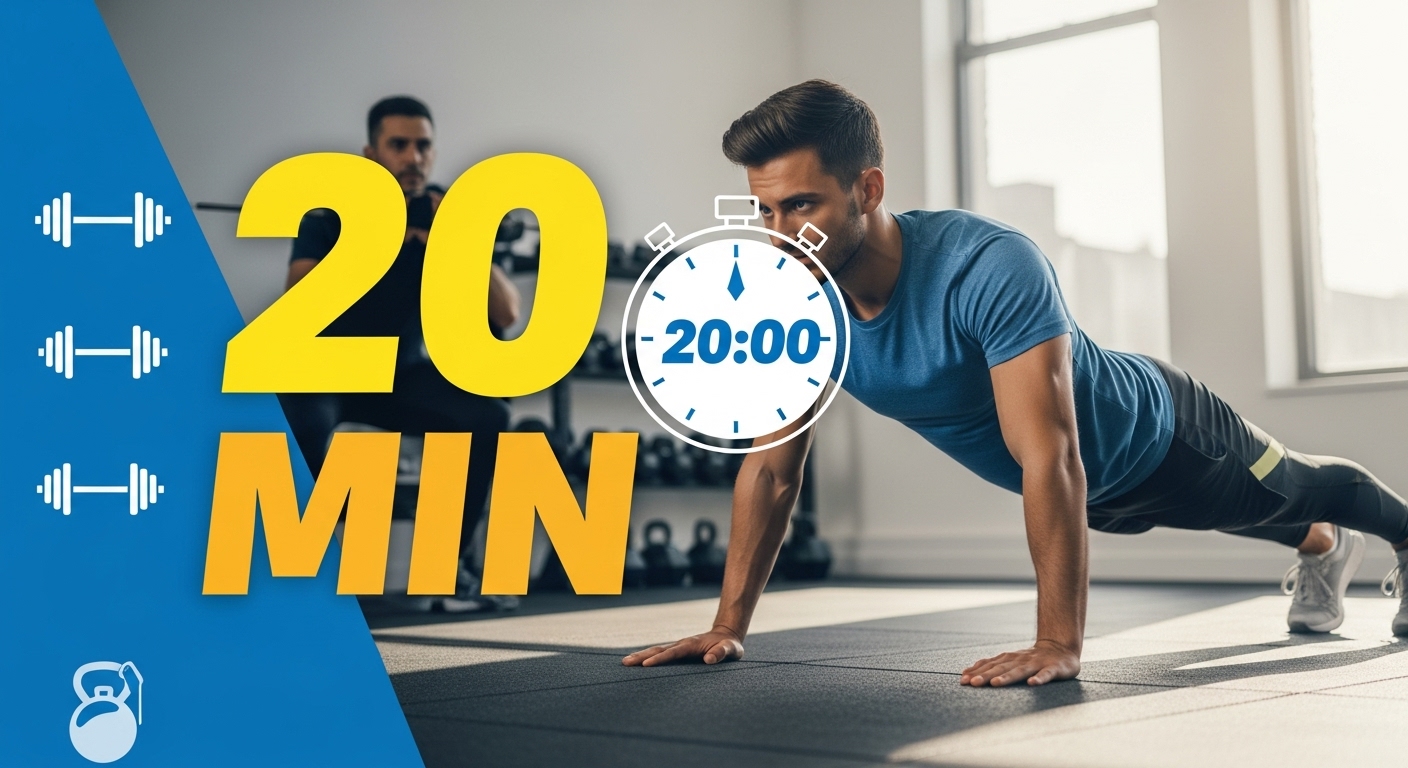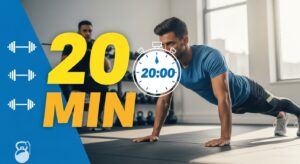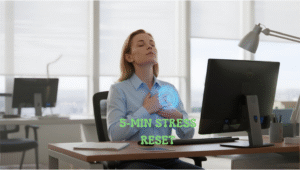The Best Exercises for Lower Back Pain for Seniors: Lasting Relief
Lower back pain doesn’t have to be an inevitable part of aging. While research shows that as many as 75% of adults over the age of 60 experience lower back pain at some point, the good news is that targeted exercise remains one of the most effective treatments for managing and preventing this common issue.
If you’re dealing with lower back discomfort, you might instinctively want to rest and avoid movement. But here’s what the science tells us: exercise is actually one of the best things you can do for your aching back. Research shows moderate-certainty evidence that exercise is probably effective for treatment of chronic low back pain compared to no treatment, usual care or placebo for pain.
Let’s explore the most effective, evidence-based exercises that can help you find relief and build a stronger, more resilient back.
Understanding Lower Back Pain in Seniors
Before diving into specific exercises, it’s important to understand what causes lower back pain as we age. The spine undergoes natural changes over time, including decreased disc height, reduced muscle mass, and changes in posture. However, these age-related changes don’t automatically mean you’re destined for chronic pain.
Strengthening your core muscles can help manage back pain. “If your core muscles are stronger, back pain can be much more controlled,” explains Dr. Hayes. This insight from physical therapy research forms the foundation of effective back pain management for seniors.
The Science Behind Exercise for Lower Back Pain
Multiple research studies have demonstrated the effectiveness of exercise therapy for seniors with lower back pain. Strengthening exercises have been widely recommended for subjects with LBP because of their positive effects, according to systematic reviews of experimental studies.
The evidence is particularly strong for certain types of exercise interventions:
- Core strengthening exercises: Target the deep abdominal muscles that act like a natural back brace
- Flexibility training: Improves range of motion and reduces muscle tightness
- Functional movements: Help with everyday activities like bending, lifting, and walking
Physical therapists should use general exercise training to reduce pain and disability in older adults with chronic LBP, according to clinical practice guidelines from the American Physical Therapy Association.
Top 9 Evidence-Based Exercises for Senior Lower Back Pain
1. Seated Hamstring Stretch
Tight hamstrings are a common contributor to lower back pain. “Tight hamstrings can result in not moving optimally through your low back, which can contribute to pain,” explains Dr. Hayes.
How to perform:
- Sit at the edge of a chair and straighten one leg out in front of you
- Rest your heel on the floor with toes pointing upward
- Hinge at your hips to lean your chest toward the floor
- Hold for 15-30 seconds and repeat on both sides
2. Standing Quad Stretch
Quadricep tightness can pull on your lower back, creating tension and discomfort.
How to perform:
- Stand with your hands holding onto a table for support
- Bend your knee, bringing your heel toward your buttocks
- Gently grab your foot or ankle and pull until you feel a stretch
- Hold for 15-30 seconds on each side
3. Hip Flexor Stretch
“This one helps with back pain specifically because if your hip flexors are tight, they’ll pull on your lower back,” explains Dr. Hayes.
How to perform:
- Stand with feet hip-width apart
- Take a large step forward with one foot
- Bend through your front knee while pushing your back hip forward
- Keep your chest upright and hold for 15-30 seconds
4. Seated Spinal Extension and Flexion
This gentle movement stretches both the lumbar and thoracic portions of your spine safely from a seated position.
How to perform:
- Sit in a chair with hands clasped behind your head
- Gently bend your chest and head toward your thighs to round your back
- Then extend your shoulders and head toward the chair back, creating a gentle arch
- Move slowly between these positions 5-10 times
5. Standing Hip Extension (Glute Strengthener)
“This exercise strengthens your glute muscles, which help to support your core muscles and lower back,” explains Dr. Hayes.
How to perform:
- Stand with hands placed on a sturdy surface for balance
- Extend one leg backward off the floor while keeping your knee straight
- Squeeze your buttocks muscles and hold for 2-3 seconds
- Perform 10-15 repetitions on each side
6. Pelvic Tilts (Seated)
This core-strengthening exercise addresses muscle imbalances that can affect your lower back.
How to perform:
- Sit upright in a chair with feet flat on the floor
- Relax your abdominal muscles to arch your lower back away from the chair
- Then engage your abdominal and glute muscles to flatten your back toward the chair
- Alternate between these positions for 10-15 repetitions
7. Modified Bird Dog
This exercise strengthens your core, lower back, and glutes while improving balance and stability.
How to perform:
- Get on your hands and knees with hands below shoulders
- Lift and extend one leg behind you while reaching your opposite arm forward
- Hold for 5 seconds, then return to starting position
- Repeat 5-8 times on each side
8. Bridge Exercise
This simple-yet-effective move works your core muscles, as well as your glutes and hamstrings, without placing pressure on your lower back.
How to perform:
- Lie on your back with knees bent and feet flat on the floor
- Push through your feet to raise your hips off the floor
- Squeeze your buttocks at the top of the movement
- Hold for 3-5 seconds and lower slowly
9. Abdominal Bracing
“The stronger these muscles are, the more they will reduce your back pain,” says Dr. Hayes.
How to perform:
- Lie on your back with knees bent and feet flat on the floor
- Squeeze your abdominal muscles by drawing your belly button toward your spine
- Continue breathing normally while holding this contraction
- Hold for 10 seconds and repeat 10 times
Additional Therapeutic Approaches for Senior Back Pain
Beyond specific exercises, research supports several other interventions that can complement your exercise routine:
The American College of Physicians recommends that physicians and patients should treat acute or subacute low back pain with non-drug therapies such as superficial heat, massage, acupuncture, or spinal manipulation.
For patients with chronic low back pain, ACP recommends that physicians and patients initially select non-drug therapy with exercise, multidisciplinary rehabilitation, acupuncture, mindfulness-based stress reduction, tai chi, yoga, motor control exercise (MCE), progressive relaxation.
Safety Guidelines for Senior Exercise Programs
When starting any exercise program for lower back pain, safety should be your top priority. Here are evidence-based guidelines to follow:
Start Slowly and Progress Gradually Any amount of exercise is better than being sedentary, even if health status prevents a person from achieving recommended goals, according to exercise prescription guidelines for older adults.
Listen to Your Body Stop any exercise that causes sharp or shooting pain. Mild discomfort during stretching is normal, but severe pain is a warning sign.
Consider Professional Guidance Physical therapists should deliver pain neuroscience education alongside other physical therapy interventions, such as exercise or manual therapy, to patients with chronic LBP.
The Long-Term Benefits of Exercise for Senior Back Health
Regular exercise for lower back pain offers numerous benefits beyond pain relief:
Improved Daily Function Your back is made up of many different muscles that allow you to turn, twist, bend, stand, and lift. “The stronger you are, the easier it will be for you to do things like put on your shoes or walk up stairs,” explains Dr. Hayes.
Enhanced Quality of Life “The more active you are, the better strength and flexibility you’ll have in your lower back as you age, which will reduce pain and improve overall quality of life,” says Dr. Hayes.
Reduced Risk of Future Injury A good back exercise program will include stretching exercises that help you maintain a better range of motion, says Dr. Hayes. As a result, you’ll be less likely to get injured when you engage in physical activity.
Creating Your Personal Exercise Routine
To maximize the benefits of these exercises, consistency is key. Start with 2-3 exercises that feel comfortable and gradually add more as your strength and flexibility improve.
Recommended Weekly Schedule:
- Stretching exercises: Daily, holding each stretch for 15-30 seconds
- Strengthening exercises: 2-3 times per week, allowing rest days between sessions
- Functional movements: Daily activities incorporating proper body mechanics
Progressive Approach: Week 1-2: Focus on gentle stretches and basic movements Week 3-4: Add strengthening exercises with light resistance Week 5+: Gradually increase repetitions and hold times
When to Seek Professional Help
While exercise is highly effective for most lower back pain, certain symptoms warrant professional medical evaluation:
- Severe pain that doesn’t improve with rest and gentle movement
- Numbness or tingling in your legs
- Loss of bowel or bladder control
- Progressive weakness in your legs
- Pain that worsens despite following an appropriate exercise program
Conclusion: Your Path to a Stronger, Pain-Free Back
Lower back pain doesn’t have to limit your golden years. Research shows that strengthening your core muscles can help manage back pain, and the exercises outlined in this guide provide a science-based foundation for building a stronger, more resilient back.
Remember, the key to success is consistency rather than intensity. Start where you are, progress at your own pace, and celebrate small improvements along the way. With patience and dedication, you can significantly reduce your lower back pain and improve your overall quality of life.
The evidence is clear: movement is medicine, especially for senior back health. By incorporating these evidence-based exercises into your daily routine, you’re taking a powerful step toward maintaining your independence and enjoying an active, pain-free lifestyle for years to come.
Always consult with your healthcare provider before beginning any new exercise program, especially if you have chronic health conditions or severe back pain. This information is for educational purposes and does not replace professional medical advice.














Post Comment